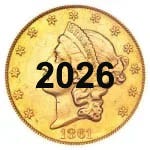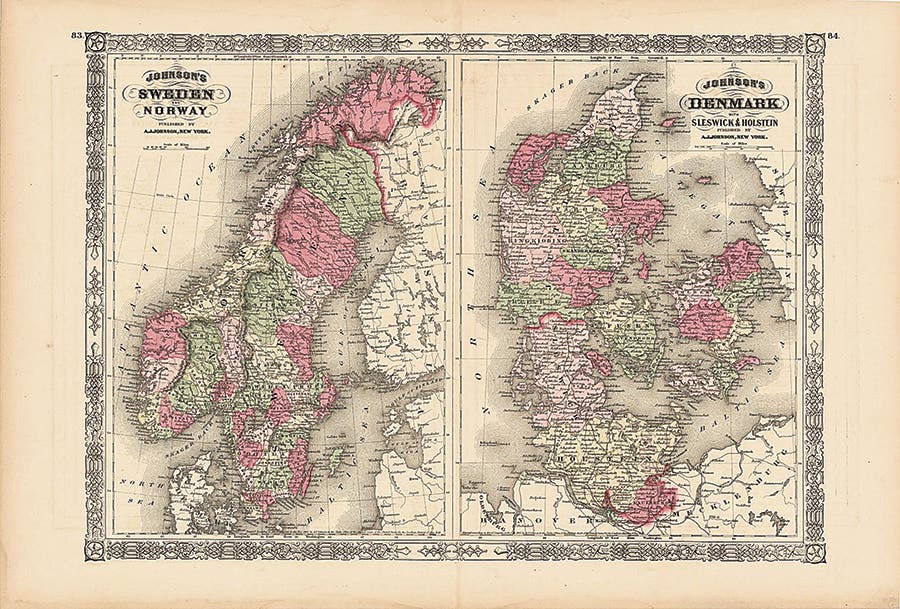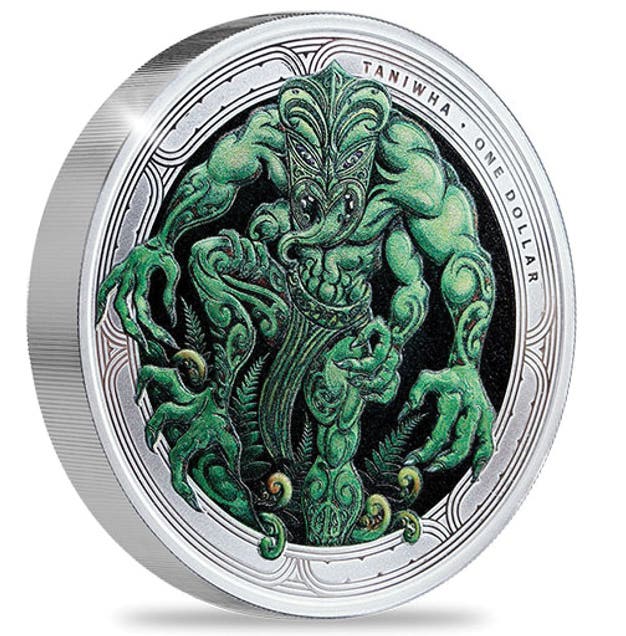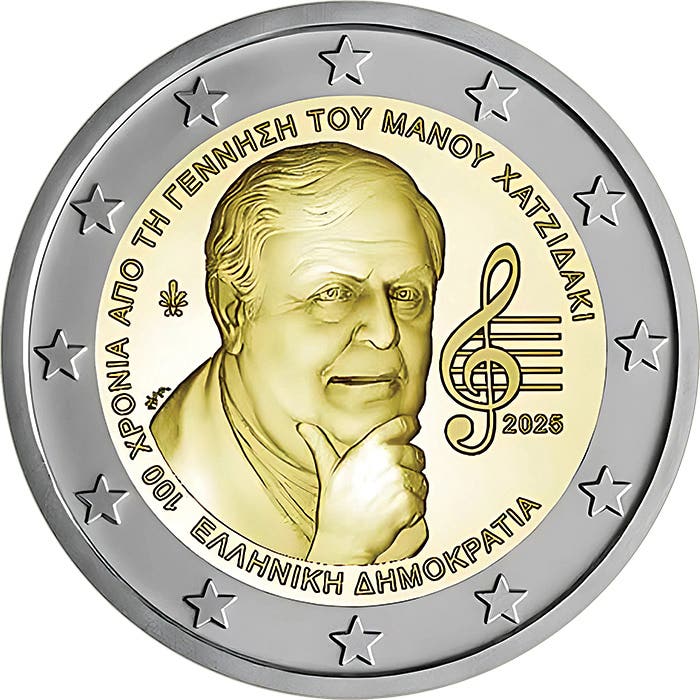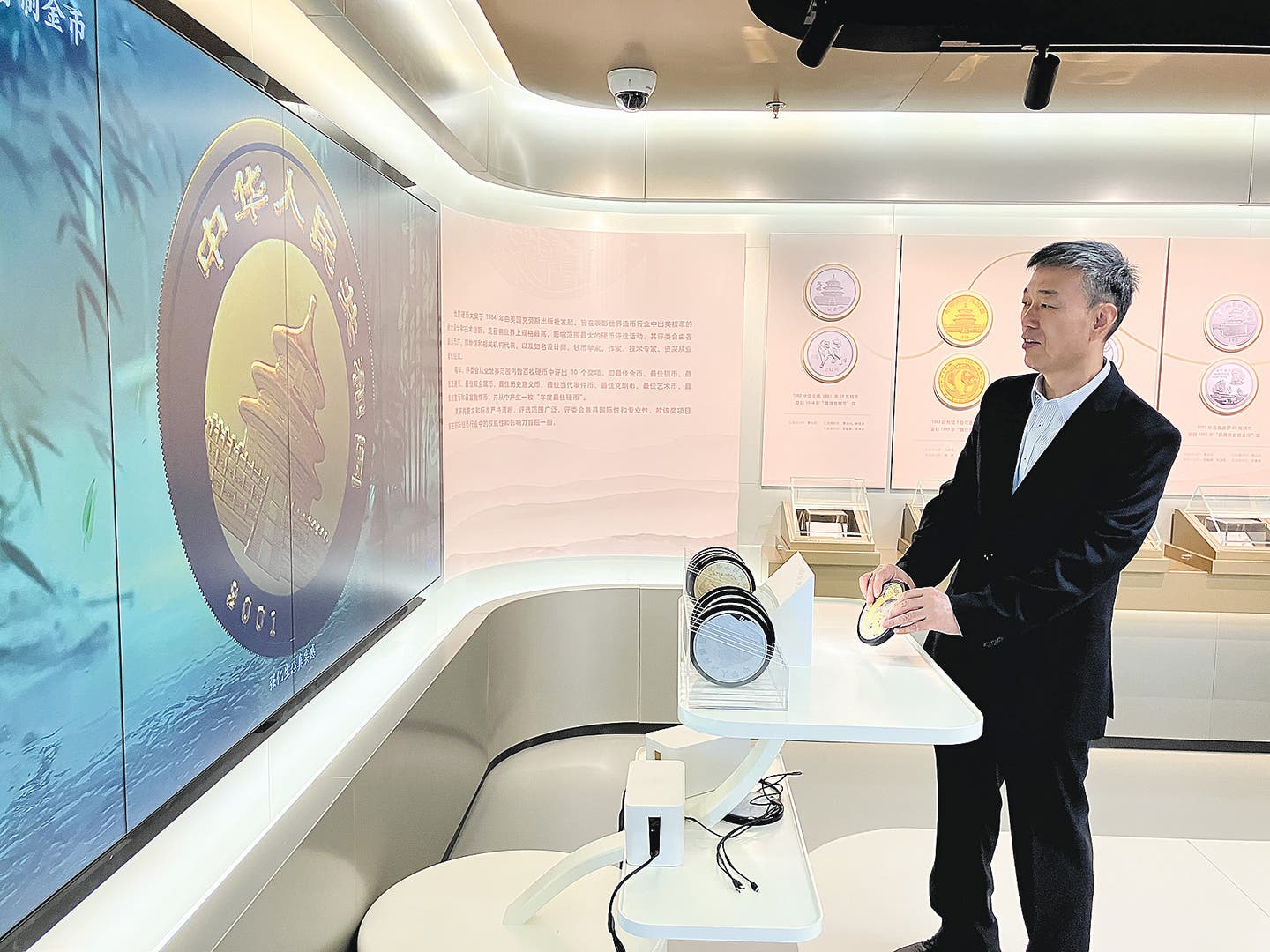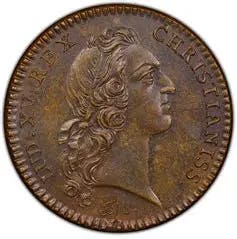Stanley Gibbons Baldwin’s Reports Strong Results Across British 19th-Century Token Sale
Many highlights throughout the sale exceed high estimates by up to ten times, including ‘Wildman of Jesso’ copper halfpenny.
Stanley Gibbons Baldwin’s was proud to present the recent British 18th Century Token sale at 399 Strand on Monday, October 7, 2024, bringing to auction over 600 items from three excellent collections, including the collection of Paul Gerrie. Providing a marvelous window into this last decade of the eighteenth century, the collection represented many British counties and threw color on the usage of coinage across countless commercial industries and enterprises. For ten years, it was indeed a coinage ‘of the people, by the people, for the people.’ Many of the sale highlights performed exceptionally well – some exceeding their estimates by considerable multiples.
A key highlight of the sale was Lot 451, an extraordinary copper halfpenny token featuring a bizarre, grinning, hair-covered face with eyes wide open and its hair wild. The coin also has an inscription: ‘A Wildman’s Head from the Land of Jesso to be seen at…’. Flipping the halfpenny over reveals more. The reverse states: Summers’ Museum No 24 Old Cavendish Street Oxford Street. This is the ‘Wildman’ halfpenny, just one of the many private tokens of the Georgian period. Minted in 1797, this halfpenny was issued by Richard Summers, a perfumer and antiquities dealer operating in London, with a shop and museum off on a street close to Oxford Street. This was the golden age of the cabinet of curiosities. Georgian gentlemen frequented antiquities shops, filled to the brim with the ‘curiosities’ pouring into Britain from the far reaches of her empire. These cabinets of curiosities became the earliest museums. It seems clear that Richard Summers chose what he believed to be his most striking and impressive piece to draw in the crowds and collectors. Summers’ halfpenny appears in Robert Conder’s seminal work on 18th-century tokens, a catalog printed in 1798, one year after the token was issued. Estimated at £300-350, this token ultimately surpassed this by a considerable margin, selling for £2,760, including fees ($3,603.73 USD).
Lot 125, the much-loved cat and dog Spence token, also exceeded its high estimate considerably. Estimated at £250-300, the lot sold for £2,760, including fees ($3,603.73 USD). Spence categorized the general mass of British citizens as fawning spaniels to the king and Pitt’s government. In contrast, he and his fellows in the Corresponding Society saw themselves as the free and independent cat–servants to no master! This Thomas Spence Halfpenny dated 1796 features a Spaniel dog walking left on reverse, surrounded by the words ‘MUCH GRATITUDE BRINGS SERVITUDE.’ On the obverse side is a seated cat and the inscription ‘I AMONG SLAVES ENJOY MY FREEDOM.’ This is a well-struck and rare token, Gem UNC, toned, proof-like with much reflection and some original mint red.
A further highlight was Lot 327, a copper penny dated 1799, showing two horses passing the winning post. A very apt design for a token of Newmarket, bearing in mind the tradition of horse breeding and racing that the town has, this penny, issued by the diesinker William Wyon in 1799, commemorates the closely contested race between ‘Hambletonian’ owned by Durham landowner Sir Henry Vane-Tempest, ridden by Frank Buckel and ‘Diamond’ owned by local horse breeder Joseph Cookson, ridden by Dennis Fitzpatrick. The race took place at the Beacon course on the 25th of March (not the 26th as on the token!) with a prize of 3,000 guineas. Both horses, born in 1792, were regarded equally, but Hambletonian was the favorite at odds of 5 – 4. After an eight-and-a-half-minute race (again, incorrectly recorded on the token), Hambletonian just won by half a neck, as seen on the coin's obverse, with the winning post in the background. Hambletonian, with his owner Sir Henry, was painted in the following year by Master equestrian painter George Stubbs, and this picture now hangs at Mount Stewart in County Down. The token was estimated at £600-700 and sold for £1,020, including fees ($1,331.81 USD).
In the 1790s, there was no official small copper change in the country. Britain was at war with France and the price of copper had risen, causing the regal issue to ‘vanish’. This caused tremendous hardship for small merchants and shopkeepers throughout the country, who could not conduct everyday transactions of selling small goods without change. The Crown was busy with the war, and any ‘unofficial’ production of coins of the realm would be seen as forgery – punishable by hanging. Eventually, a Welsh mining company hit upon the idea of turning their copper straight into pennies and halfpennies, calling them ‘tokens’ that were redeemable in official coins – thus avoiding the threat of being accused of forgery. As they were the correct weight, no one bothered to change them, and in the space of a year, merchants in every town in England began issuing their token pence.
This solved the lack of small change in the 1790s and for ten years until the government got its act together after the war and issued official copper coins. Throughout this last decade of the eighteenth century, it is these copper ‘token’ pence and halfpence one would have had in one’s pocket, all over the country, as small change.
Further highlights from the sale:
• Lot 132 – London, Holborn, Thomas Spence Halfpenny 1790, Two men standing and cheering a pile of land titles and deeds going up in flames, rev. An American Indian standing with tomahawk and bow, edge SPENCE DEALER x IN x COINS x LONDON x, 31mm/11.42gm. (DH 823). Gem UNC has a lot of original luster and is highly iridescent, which is rare. Estimated at £140-180, the item sold for £1,440 including fees ($1,880.21 USD).
• Lot 134 – London, Holborn, Thomas Spence bronzed Halfpenny 1795/6, A man shackled sitting in jail, gnawing on a bone, rev. A cat seated right, edge SPENCE DEALER x IN x COINS x LONDON x, 29mm/10.69gm. (DH 850). Normal obv. Die-crack, otherwise Gem UNC with light brown bronzing with underlying brilliance, rare. Estimated at £120-250, the item sold for £2,640 including fees ($3,447.05 USD).
• Lot 142 – London, St. James St. William Stinton (grocer & tea-dealer) Halfpenny 1795, A grasshopper (name of his shop), rev. 3-line legend, edge ITALIAN FRENCH & PORTUGAL FRUIT WAREHOUSE, 28.25mm/9.04gm. (DH 904). Gem UNC toned with a fair amount of original mint red. Estimated at £50-60, the item sold for £102 including fees ($133.18 USD).
• Lot 321 – Bucks. Amersham, Skidmore Halfpenny 1797, Musical instruments, rev. A SPEEDY AND LASTING PEACE, edge plain, 28.7mm/9.26gm. (DH 2b). Much as struck with more than a trace of luster, exceptionally rare, Believed unique with this genuine plain edge. Estimated at £300-400, the item sold for £2,280, including fees ($2,977.00 USD).
• Lot 323 – Bucks. Stowe, Skidmore’s Farthing, 1796, Hermitage building with tree and grass in the foreground, rev. BUILT ANNO DOMO 1704 within two concentric circles, edge plain, 22mm/4.02gm. (DH 29). Good Extremely Fine and attractively patinated, extremely rare. Estimated at £350-450, the item sold for £1,680 including fees ($2,193.58 USD).
• Lot 480 – Northumb. Alnwick, Skidmore’s Globe Series ‘British’ Penny 1797, View of Alnwick Castle, Northumb., rev. Globe between rose and thistle, edge I PROMISE TO PAY ON DEMAND THE BEARER ONE PENNY, 36mm/24.55gm. (DH Middx. 131). Virtually as struck, with full blazing mint luster, rare. Estimated at £120-180, the item sold for £1,320 including fees ($1,723.52 USD).
You may also like:


